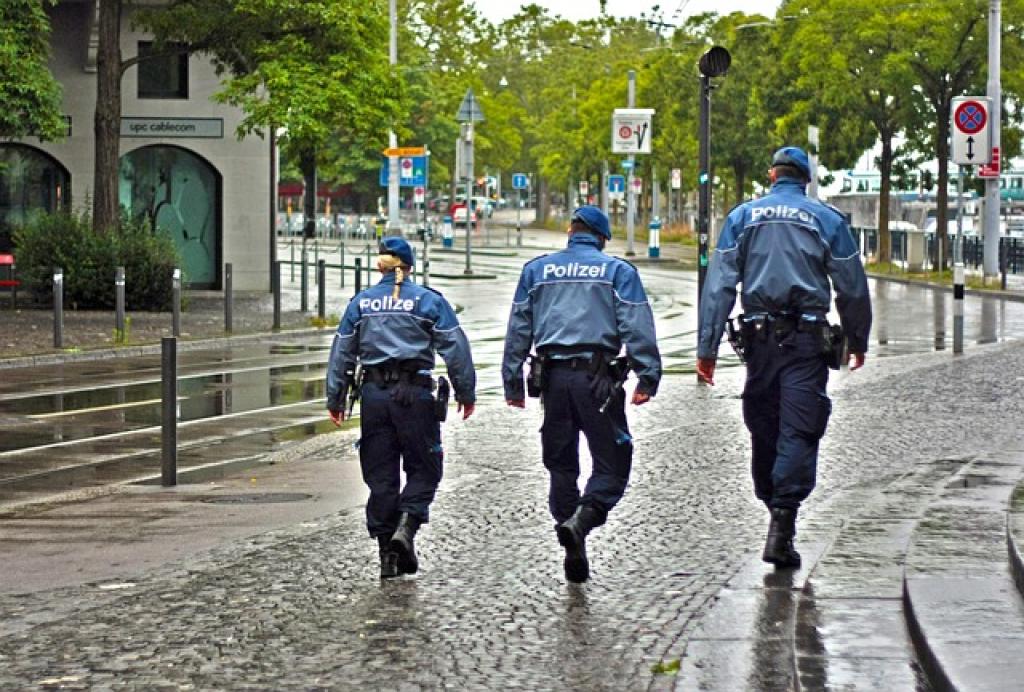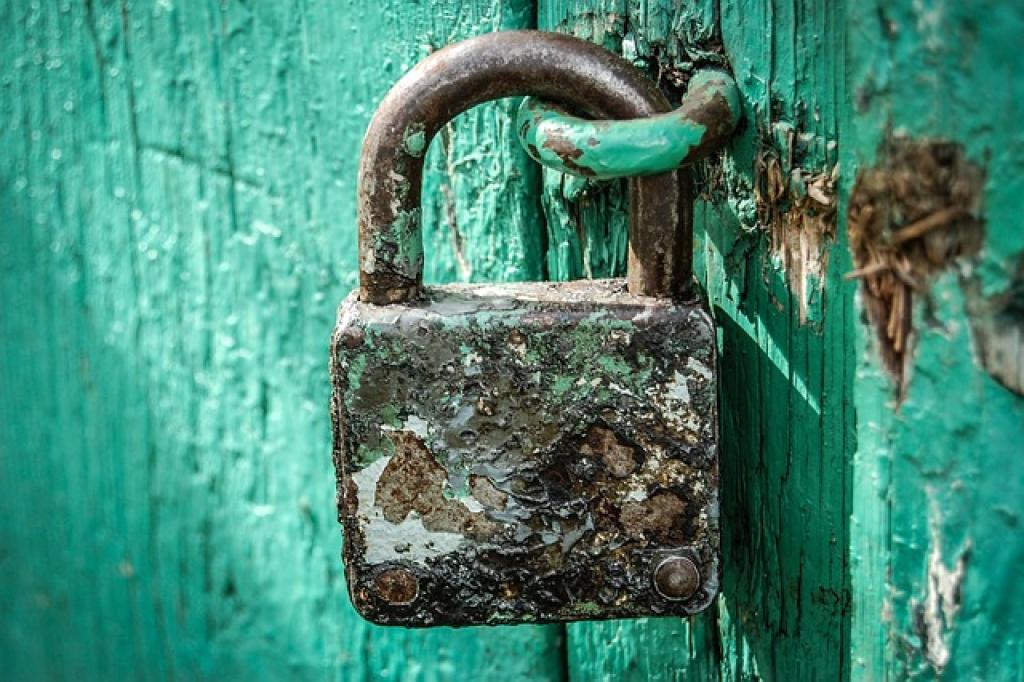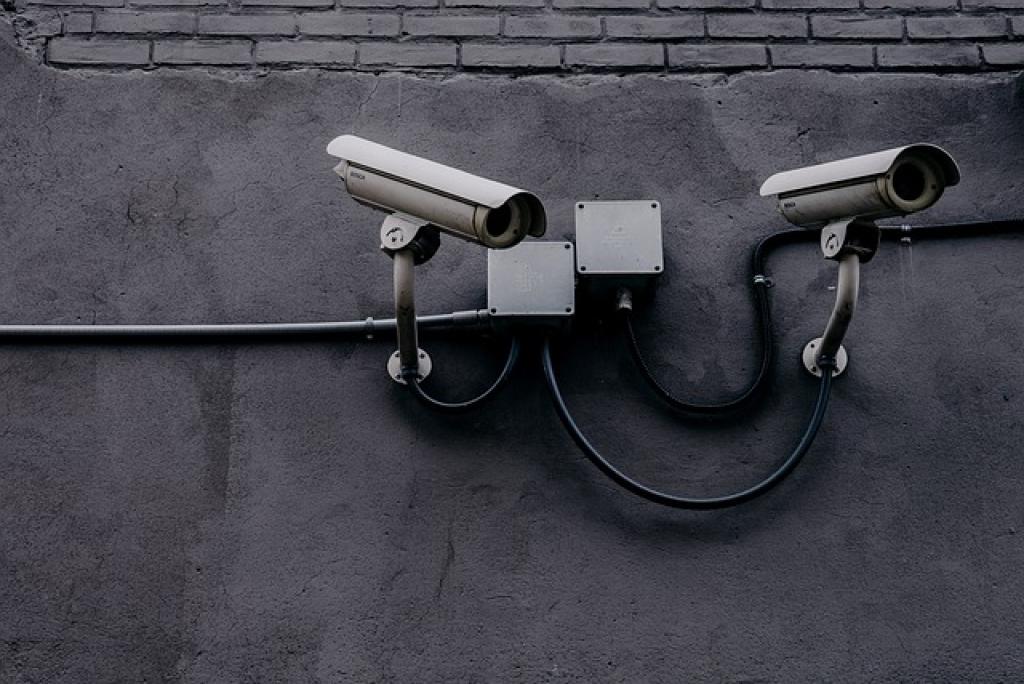
Ensuring Building Compliance: The Role of Guards in Enforcing Rules and Regulations
Navigating the labyrinth of building regulations can be daunting, whether you’re managing a commercial complex or an apartment building. With safety codes, security protocols, and operational guidelines to adhere to, ensuring compliance is crucial not only for legal reasons but also for the safety and satisfaction of occupants. In this complex landscape, building guards often serve as the frontline enforcers of these myriad rules and regulations.
These unsung heroes ensure that every corner of the building adheres to safety standards, from checking fire exits to overseeing visitor entry protocols. While guards have long been associated with security and vigilance, their role encompasses much more today. They act as vital links between property management and occupants, offering guidance and enforcing compliance every step of the way.
Guards play a critical role in minimizing risks by quickly identifying and rectifying non-compliance issues. By fostering an atmosphere of cooperation and respect, they help maintain order and ensure that rules and regulations do not become mere formalities but rather instrumental in cultivating a safe, thriving environment for everyone.
Understanding the Role of Guards in Building Compliance
Guards are at the heart of maintaining building compliance, taking on responsibilities that stretch well beyond typical security duties. These professionals integrate seamlessly into a building’s operations, ensuring that all activities align with established regulations.
One of their primary responsibilities is to observe and identify potential compliance issues. By actively patrolling and monitoring building premises, guards provide an extra set of eyes that can catch early signs of non-compliance, such as blocked fire exits or guests straying into restricted areas.
Bridging Communication and Action
Effective communication is a critical component of a guard’s role in compliance. By acting as intermediaries between building management and occupants, guards help clarify regulations and explain the importance of adhering to them. They offer guidance and answer questions, ensuring everyone is informed and aligned with compliance protocols.
Guards also collaborate closely with management to implement compliance strategies and provide feedback on potential improvements. This proactive approach not only helps in maintaining safety but also builds a community-wide commitment to following regulations, reinforcing the idea that compliance is a shared responsibility.
Ultimately, by cultivating a culture of awareness and accountability, guards play a pivotal role in upholding building integrity and safety at every level.
Training Requirements for Building Security Personnel
To effectively uphold building compliance, security personnel must undergo comprehensive training that equips them with both the knowledge and skills necessary to navigate complex regulatory environments. This training is vital in preparing guards to address the varied challenges they will encounter.
Core Competencies and Skills
At the heart of this training is a focus on core competencies including risk assessment, emergency response, and conflict resolution. Security personnel need to be adept at quickly identifying potential hazards and efficiently implementing protocols to address them. Training in these areas ensures that guards can act decisively in maintaining compliance and safety.
Additionally, understanding legal requirements and regulatory standards is crucial. Guards are trained to stay current with these regulations, allowing them to make informed decisions in real-time situations. This knowledge not only enhances their capability to enforce rules but also empowers them to educate others within the building.
Effective communication and interpersonal skills are also emphasized in training programs. By fostering these abilities, guards are better prepared to interact confidently with occupants and management alike, promoting a cooperative atmosphere when discussing compliance matters.
Through ongoing education and real-world practice, building security personnel remain sharp and effective, perpetually ready to maintain a safe and compliant environment.
Implementing Building Regulations Through Security Monitoring
Security monitoring is a cornerstone of ensuring building compliance, leveraging both technology and human oversight to uphold safety and regulations effectively. This dual approach allows for a comprehensive view of a building’s compliance status at any given moment.
Leveraging Technology for Enhanced Oversight
Modern technology plays a pivotal role in monitoring activities within a building. Surveillance cameras and access control systems are essential tools that allow security personnel to oversee entries, exits, and ongoing activities. These technologies provide real-time data that enable swift action in the event of a compliance breach.
In addition to surveillance, many buildings incorporate automated systems that alert guards to potential issues like unauthorized access or system malfunctions. By integrating these technologies, guards can maintain a heightened awareness of building activities, making it easier to enforce regulations proactively.
The human element remains indispensable in the oversight process. Guards routinely check critical areas like stairwells, emergency exits, and common spaces to ensure compliance with safety codes. Their physical presence acts as a deterrent to non-compliant behavior, reinforcing regulations through visible, active monitoring.
By combining sophisticated technology with on-the-ground vigilance, security personnel can maintain high standards of compliance, keeping buildings safe and secure at all times.
Challenges Faced by Guards in Enforcing Building Rules
Enforcing building rules and regulations is not without its hurdles. Guards often face a range of challenges that require both quick thinking and patience to overcome effectively. These obstacles can test their skills and dedication to maintaining a compliant environment.
One of the primary challenges is managing the diverse attitudes and behaviors of building occupants. Whether dealing with residents, employees, or visitors, guards often have to navigate various perspectives and levels of willingness to adhere to rules. This requires them to exercise strong interpersonal skills, balancing firmness with diplomacy.
Navigating Complex Situations
Another significant challenge is the complexity and volume of regulations that need enforcement. With regulations continuously evolving, keeping up-to-date can be daunting. Guards must be agile, adapting swiftly to new requirements while ensuring others in the building are equally informed.
Security personnel also encounter situations that require immediate action, such as emergencies or disputes. These high-pressure scenarios demand quick decision-making and effective communication to manage situations while maintaining compliance guidelines.
Ultimately, guards play a delicate balancing act—enforcing rules without disrupting the daily operations or the community atmosphere of the building. By staying informed, vigilant, and adaptable, they effectively meet these challenges, securing the building and those within it.
Best Practices for Enhancing Security and Compliance in Buildings
To effectively enhance security and ensure compliance, adopting a set of best practices is essential for building management and security personnel. These strategies provide a framework for creating safe and regulatory-compliant environments.
One key practice is fostering a culture of awareness and education. Regular training sessions for both guards and building occupants help ensure everyone understands current regulations and the importance of compliance. These sessions can cover updates in safety procedures, emergency response plans, and proper use of facilities.
Proactive Communication and Collaboration
Communication is another cornerstone of maintaining compliance. Establishing clear lines of communication between security teams, building management, and occupants ensures that information flows seamlessly when issues arise. Regular meetings and updates keep everyone informed and aligned with safety goals.
Utilizing technology effectively is also crucial. Implementing advanced security systems like CCTV, biometric access controls, and alarm systems can significantly bolster a building’s compliance efforts. These tools provide real-time data and analytics that enable more informed decision-making.
Lastly, conducting routine audits and inspections can help identify potential compliance lapses before they escalate. By reviewing procedures and systems regularly, management can address vulnerabilities proactively.
By integrating these best practices, buildings can achieve a robust compliance strategy that ensures safety and peace of mind for everyone involved.
The Bottom Line: Ensuring Effective Enforcement of Regulations
To successfully enforce regulations within buildings, it’s crucial to understand the multifaceted role played by security guards. They are not just watchdogs but crucial players in fostering a safe and compliant environment.
Moreover, comprehensive training tailored to address both routine and complex challenges sets the foundation for effective rule enforcement. Continually updating their skills ensures that guards can respond adeptly to any situation that arises.
Equally important is the integration of technology. By leveraging advanced security systems, guards gain a powerful ally in monitoring compliance. These tools not only enhance efficiency but also provide invaluable data to inform decision-making processes, ensuring more precise and timely responses to potential issues.
Despite advancements in technology, communication remains the linchpin of effective compliance enforcement. Simple, open channels between guards, management, and building occupants promote understanding and cooperation, making it easier to uphold rules in day-to-day activities. Ensuring that everyone is informed and engaged minimizes the risk of misunderstandings and non-compliance.
In conclusion, while the challenges in maintaining building compliance are real and varied, a concerted effort incorporating skilled personnel, advanced technology, and clear communication can go a long way. By championing these elements, buildings can remain not only compliant with regulations but also safe and welcoming communities for all who pass through their doors. Ultimately, the seamless enforcement of rules and regulations hinges on the commitment of everyone involved to play their part conscientiously and consistently.


